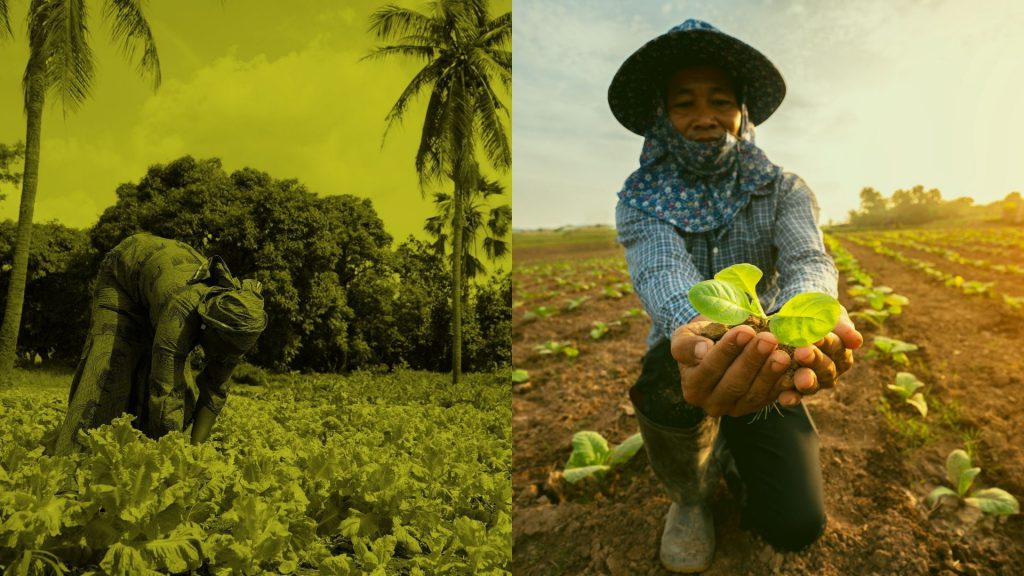For many crops, commercial farming relies on hybrid varieties, while subsistence farming is more reliant on open-pollinated varieties (OPVs). In addition, hybrids are economically more attractive for seed companies. Hence, the ratio of OPVs to hybrids in seed company portfolios is often used as an indicator of commercial progress of both the seed sector and agricultural production in a region.
In Western and Central Africa, only for maize, sunflower, cabbage, squash and cauliflower more companies report selling hybrids than OPVs. By comparison, in Eastern and Southern Africa, this is the case for 12 crops. Seven of the 23 index companies (30%) have OPVs available for their full portfolio, including for crops for which they sell hybrid varieties. Two companies, such as Maslaha Seeds, report selling only OPVs, with the exception of both OPVs and hybrids for maize.
